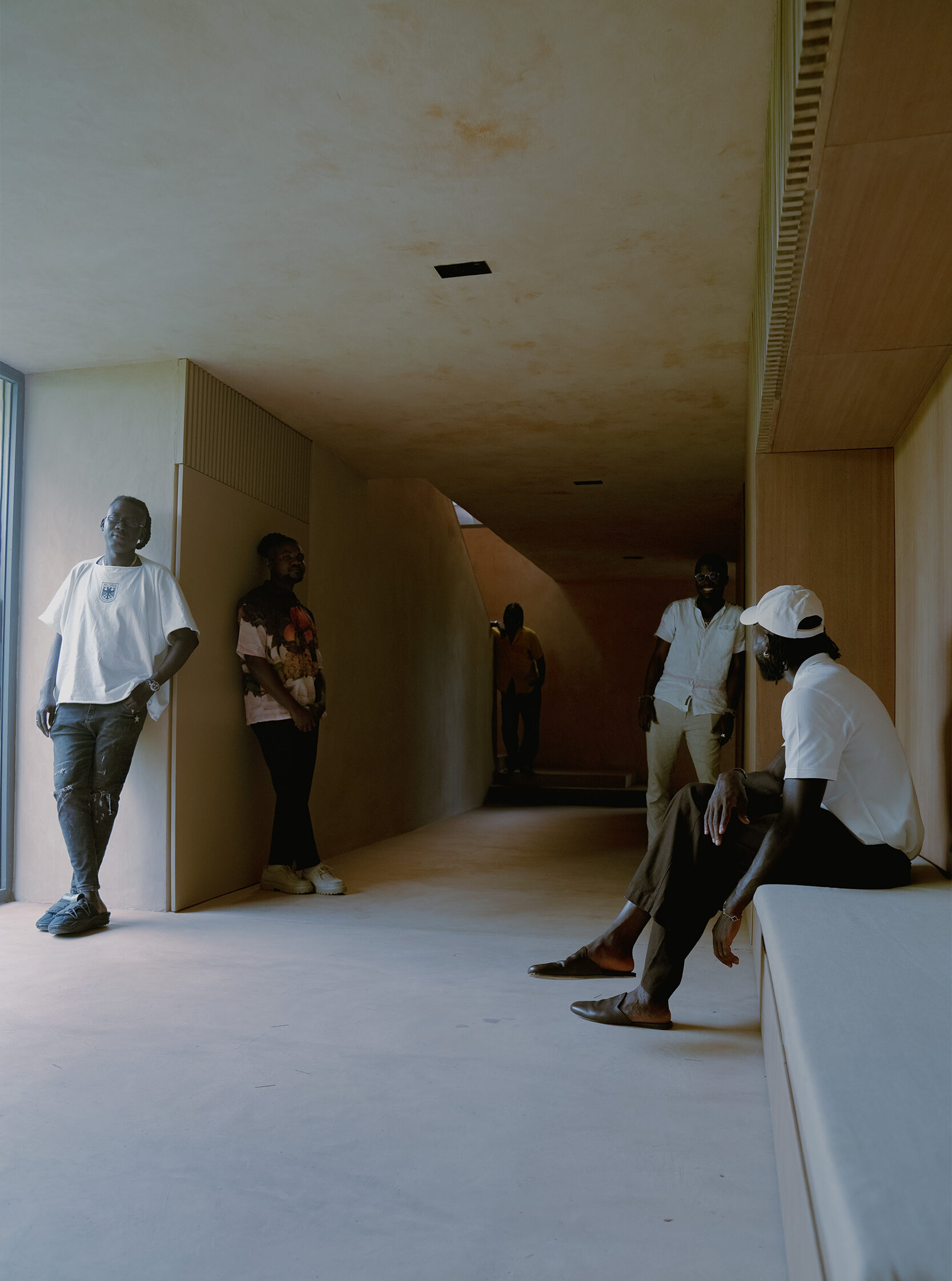
Going for a lunchtime dip at the office pool is the sort of perk you might expect at a job in modern-day Silicon Valley, but for employees at Der Spiegel, it was already a reality in 1969. That year, the German newsweekly moved to its new headquarters in a sober, modernist building in Hamburg that, at least from the outside, reflected the magazine’s reputation for serious investigative journalism. Inside, however, the pioneering Danish designer Verner Panton created a series of eclectic interiors—and a staff swimming pool in the basement—that were drenched in vibrant colors and furnished with lamps and sculptural cladding that Panton designed specifically for the project.
Like the rest of the building, the pool was, in Der Spiegel’s own words, a “decorative extravaganza.” Panton showed that Scandinavian design need not be limited by its reputation for minimalism and functionality, infusing the pool room with his trademark space-age aesthetic and transforming what could have been a mundane recreational facility into an immersive sensory experience. A clever use of reflective enameled panels gave a sense of endless space and the grid of colorful ceiling lamps—a pattern of red, blue and orange bulbs—were reflected in the water’s surface. Were it not for the pool’s ladders, you would have mistaken the rectangular basin for an art installation.
The swimming pool was destroyed by a fire in the 1980s. And today, of Panton’s work for Der Spiegel, only the retro-futuristic canteen survives; it was donated and relocated to the Museum für Kunst und Gewerbe in Hamburg in 2011. Yet—visually distinctive and exceedingly original—the pool remains Panton’s most celebrated project; and something today’s tech giants could only dream of recreating.



